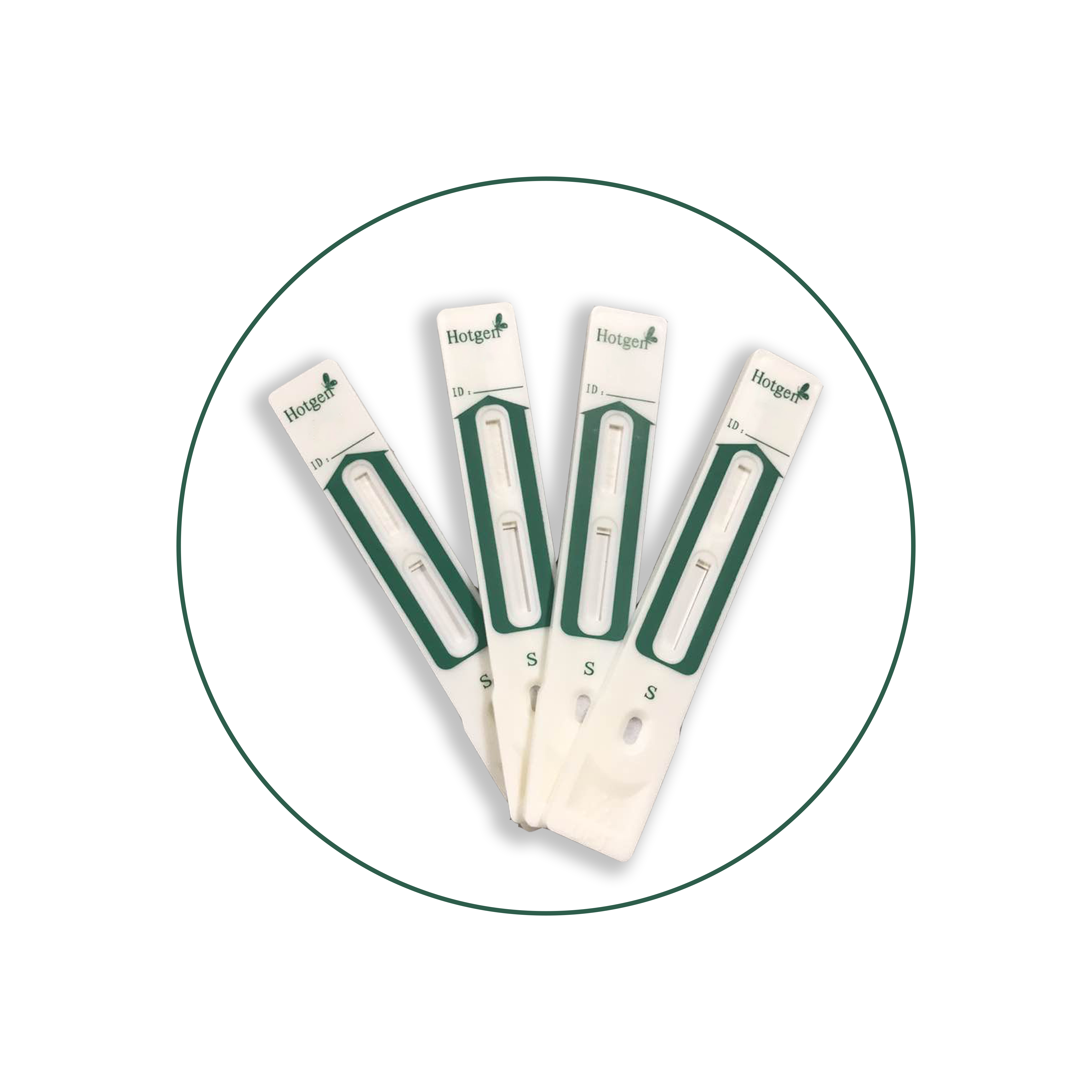
Colloidal gold is the elemental gold in the colloidal state, because its elementary particle size is very small and can be dispersed in the solution to form a colloid, so it is called colloidal gold. The conventional preparation method of colloidal gold is to reduce the gold element in chloroauric acid with a reducing agent to form gold colloidal particles. The colloidal particles are negatively charged in an alkaline environment and can be firmly bound to the positively charged groups of the protein to label the protein for subsequent detection, such as making colloidal gold test strips (cards) for substance Detection.
① Make the antigen or antibody bind to the surface of a solid carrier and maintain its immunological activity.
② The antigen or antibody is linked to an enzyme to form an enzyme-labeled antigen or antibody. This enzyme-labeled antigen or antibody retains both its immunological activity and enzyme activity. During the measurement, the test specimen (the antibody or antigen in it) and the enzyme-labeled antigen or antibody are reacted with the antigen or antibody on the surface of the solid phase carrier in different steps. The antigen-antibody complex formed on the solid phase carrier is separated from other substances by washing, and finally the amount of enzyme bound on the solid phase carrier is in a certain proportion to the amount of the tested substance in the specimen. After adding the substrate for the enzyme reaction, the substrate is catalyzed by the enzyme to become a colored product. The amount of the product is directly related to the amount of the test substance in the specimen, so it can be qualitatively or quantitatively analyzed according to the depth of the color reaction. Since the catalytic frequency of the enzyme is very high, the reaction effect can be greatly amplified, so that the measurement method reaches a high sensitivity.

